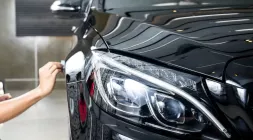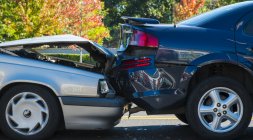Steep Slopes Survival Kit: Before and During the Journey
What to do before your mountain driving and how to traverse downhill slopes easily?
One of the scariest driving experience I ever had was when my husband took me for a quick drive to Tagaytay on December 24, during a very cold weather and almost zero visibility due to thick fog looming around the mountain. That was my first time in Tagaytay.
Of course, since it’s my first time there and I can’t see anything, and I know we’re kind of driving blind, it really worried me a lot. Uphill was okay but when it’s time to go downhill, due to slippery roads and very little vision, I can’t help but feel scared that we may lose control of the car and go all the way down to the steep cliff. That would not be my kind of death.
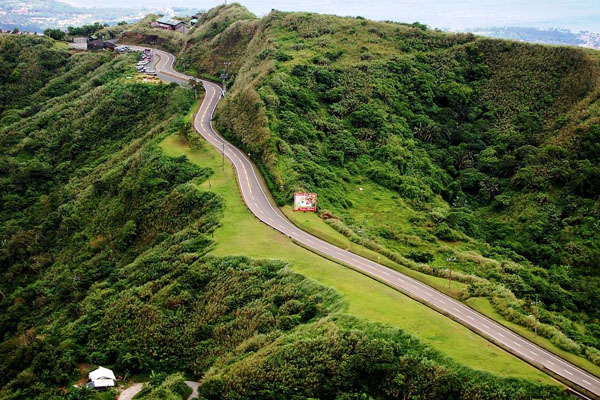
Tagaytay is one of the hilly provinces in Southern Luzon. You can surely practice your up and down driving here
Speaking of driving downhill, I personally think that downhill is more dangerous than uphill. Due to the force of gravity that pulls your car down, there’s really a huge possibility of your car just go all the way through uncontrollably.
As a careful driver, you must know the dos and don’ts and other tricks to traverse steep downhill roads safely and securely. Filipinos being naturally born adventurers, we can’t last a week without exploring provinces, some of which involves driving through high hills and diving through deep slopes. We can never be too careful.
Safety is always the top priority for us here in Philcarnews.com – so, we’ll now provide you with safety tips and reminders before going to an adventure filled vacation.
I. Before the Road Trip Reminders
Before you go on your mountain road trip, you must, of course, prepare yourself and your car to ensure that whatever happens, you are ready and equipped with necessary things to take on any road challenges. Here are some pre-mountain driving reminders:
1. Check all fluid levels
Check your Preventive Maintenance Schedule if you’re nearing the date for your next oil change. If it’s too far away yet, then it’s fine. But if you are due in just a few days then it’s time to do it in advance before you take that SUV for a long road trip.
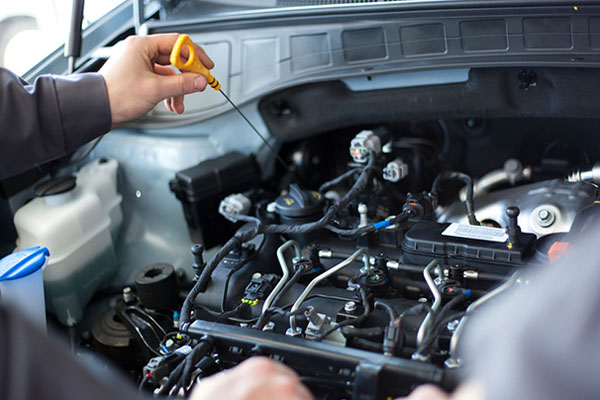
Make sure that all your fluid levels have been topped up for the long journey
Besides your engine oil, you also need to check other fluids in your car. Other fluids that you need to check include engine coolant, transmission fluid, power steering fluid, brake fluid and windshield washer fluid. Refer to your manual as to how you can check the fluid levels, and if they’re a bit too low, its time to top them up again before you go to your long drive out of town.
2. Check the hoses too
Since hoses are always exposed to the highest of temperatures, it will also be wise to check on them before you go for a long road trip.
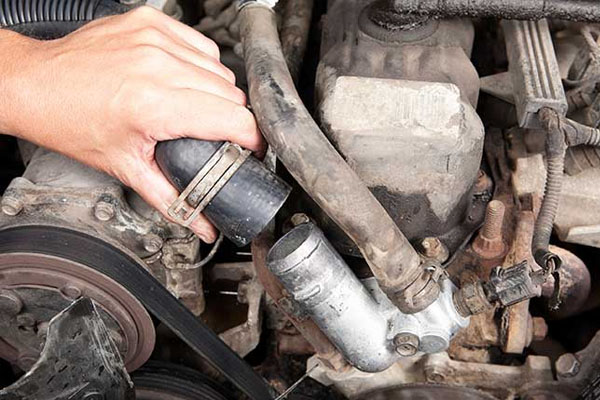
Checking car hoses for leaks and damage can also help you secure a smooth driving experience
Check for cracks, or leaks and have them replaced as soon as possible before you start traveling.
3. Check the belts
Belts are also vital parts of the car – responsible for putting together several engine parts and make them work harmoniously.
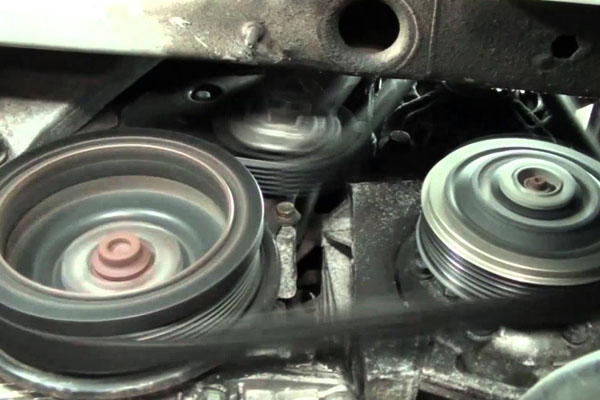
Checking belts is also a good practice to ensure that none of them are on the verge of wearing out while you're on your journey
Check if your engine belts have cracked or tear, or if they are misaligned and have them corrected before your long countryside drive.
4. Tire Pressure & Tread
Having good tires with still deep treading and with the right pressure ensures that they will have a good grip on the road as you traverse different kinds of road conditions.
5. Brake and Batteries
Double B’s – brakes are very important, especially when you are driving downhill. It prevents the car from going continuously and out of control as you drive along with the force of gravity. So it is very important that your brakes are working properly before the trip.
You would also need to check the batteries to ensure that you will not have any car breakdowns due to a faulty battery. That could be a really great hassle. Study how to remove and replace your car’s battery, so in case your current battery fails, you can put in a new one (meaning, bring an extra battery too, for extra precaution).
II. The Journey Begins: Traversing the Downhill Roads Safely
Now that you have checked everything and you know very well that your car is ready for your mountain driving adventure, we’ll move forward to our safety tips. Since uphill is easier to pass through as most of the time, you will have control over your car and you’re driving against gravity, we’ll focus more on how you can tackle the steep slopes safely.
1. Use a lower gear than the one you use for cruising
This is normally an uphill driving technique, however, while going downhill, you can still maintain the same uphill gear or you can lower it down by one or more. This will all depend on your engine and how much your car weighs on the time that you are going downhill. It will be your discretion as to the best gear to use for the situation.
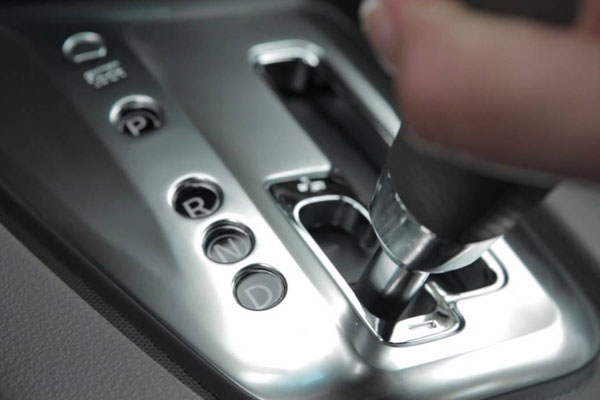
Always use a lower gear whenever you drive downhill
Remember that when you’re driving downhill, gravity pulls you down making you accelerate more and that could cause you to lose control of the car – so make sure that you adapt to the level of the slope and the road conditions.
2. Take it easy on the brakes
If there’s one thing that you should be best friends with during these steep downhill drives – it’s the brakes. Your brakes will save your life at this point – don’t overuse them; use them properly and at the right timing. Apply brakes smoothly rather than sudden panic brake.
>>> Also check out: 7 Tips in Conquering Mountain Driving in the Philippines
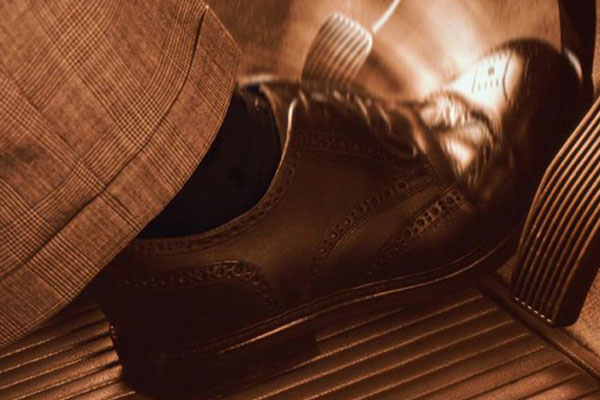
When you drive down a slope, don't panic step your brake too much that may cause it to wear out
If you step on them rather harshly, it may cause your car to slide as this puts a lot of pressure on the front axle. Too much pressure on the brake can also cause them to overheat that will eventually lead to brake failure. On the other hand, if you step on the brakes too lightly as it may also cause them to overheat in time and wear out too. So, just take it easy on the brakes.
3. Never put your car in neutral when going downhill
Going on neutral doesn’t let you control your car when driving downhill. Being in neutral can also ruin your car’s brakes because you’re not using engine braking. You have to use the right gears when driving downhill for your safety.
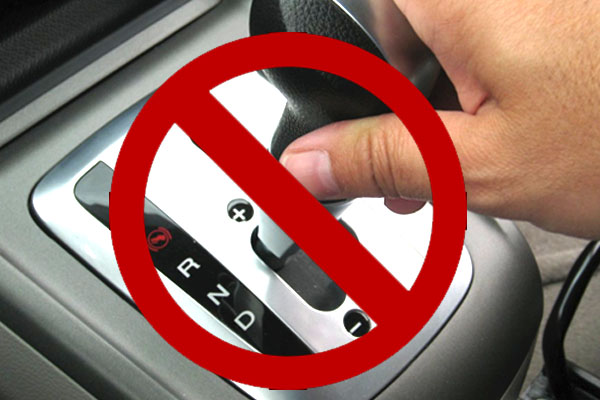
It is also not advisable to go on neutral when driving downhill
>>> Click here to get more helpful tips and advice for your safe driving
RECENT ARTICLES



